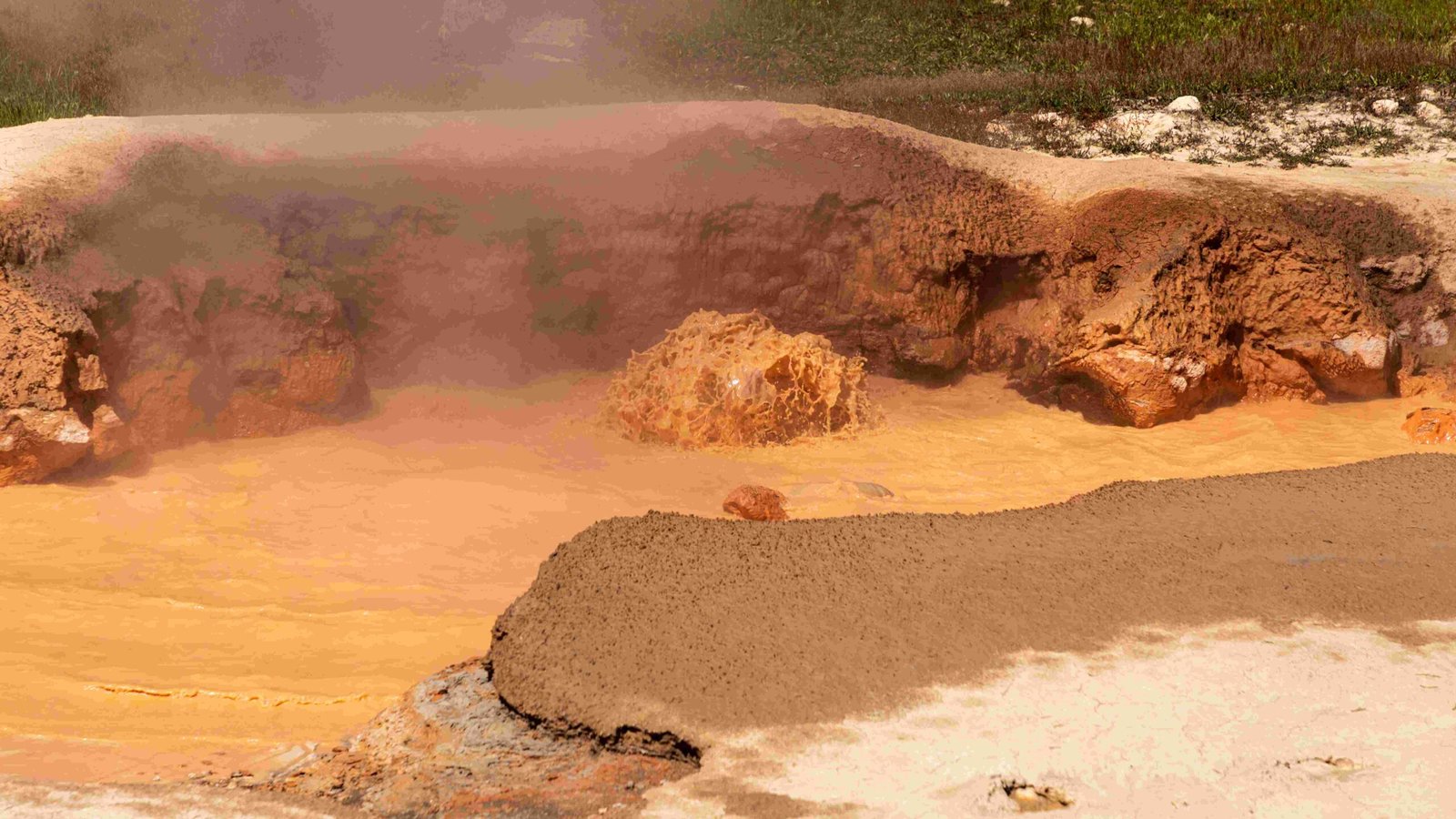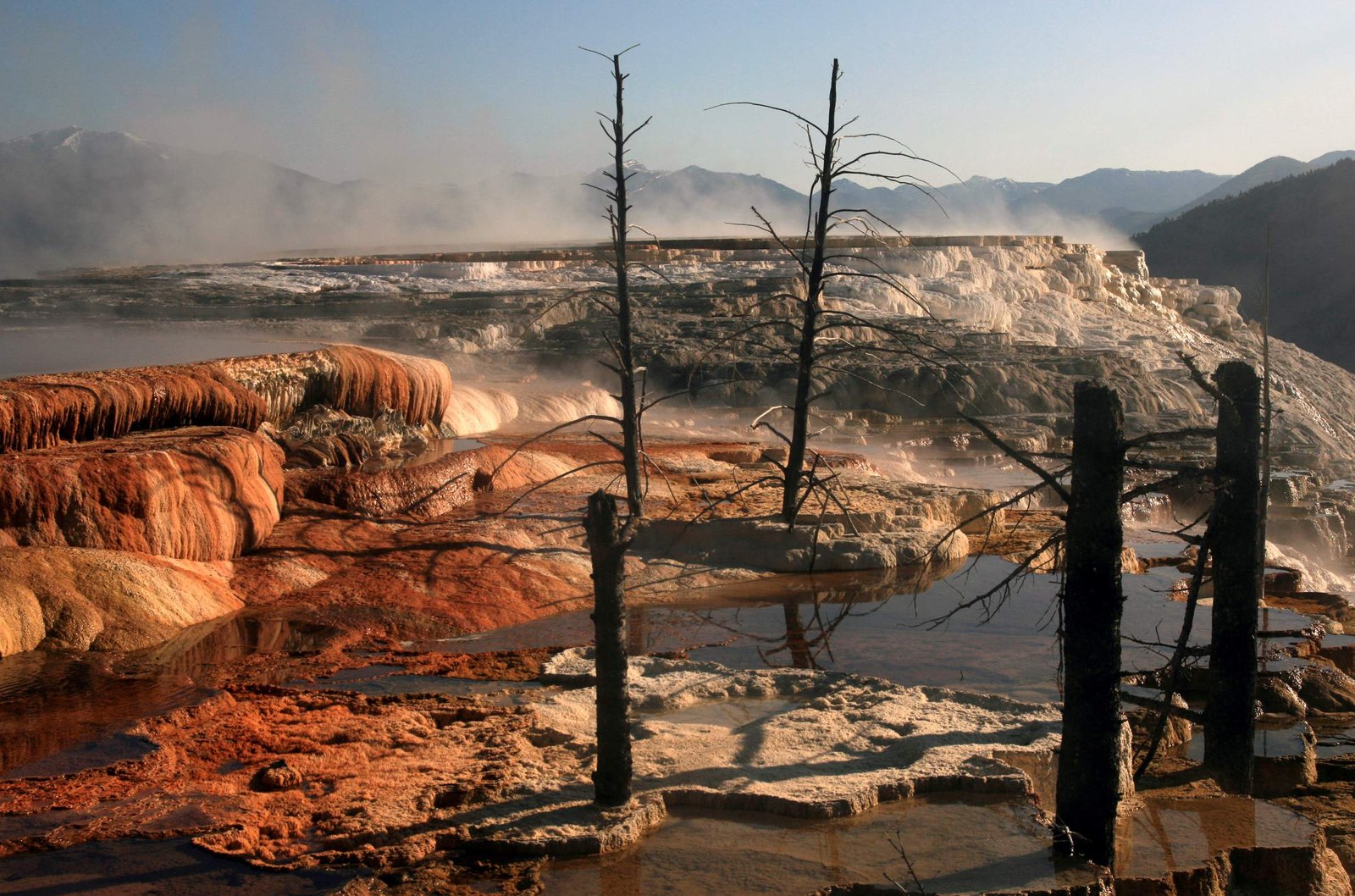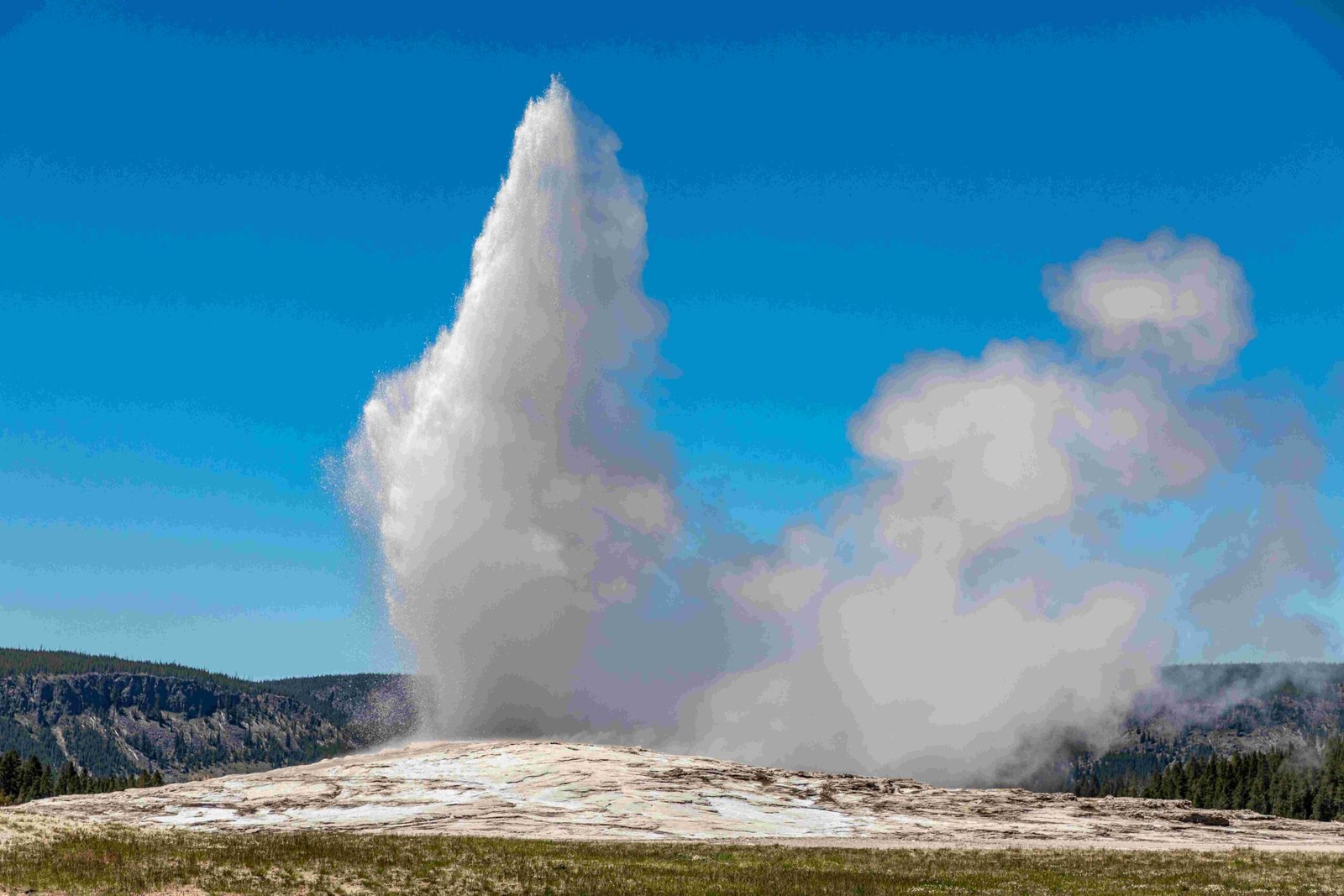The descriptive displays at Yellowstone National Park are comprehensive and informative, designed to enhance visitor experience and understanding. These displays include various types of signage, interpretive panels, and exhibits found throughout the park. They provide crucial information about park regulations, natural features, wildlife, and safety precautions. The displays are strategically placed to guide visitors, educate them about the park’s unique ecosystem, and ensure their safety while preserving the natural environment.
What Are the Main Types of Descriptive Displays at Yellowstone?

Yellowstone National Park features several types of descriptive displays, each serving a specific purpose:
- Park Entrance Signs
- Motorist Guidance Signs
- Visitor Information Signs
- Trailhead Hike/Ski Signs
- Park Service Warning Signs
Park Entrance Signs
These signs mark the major entrances to Yellowstone National Park. They typically include:
- Park name
- Elevation information
- Distinctive design features:
- Redwood construction
- Scalloped edges
- White reflectorized lettering on brown stain
- Support by six peeled log posts
Motorist Guidance Signs
Designed to assist drivers navigating the park, these signs:
- Provide directions
- List regulations
- Indicate potential hazards
- Guide visitors to resources, services, and activities
- Point out significant features
The brown color of these signs distinguishes them from standard state and federal transportation signs.
Visitor Information Signs
These signs cater to pedestrians in both outdoor and indoor areas:
- Include pedestrian wayfinding signs
- Provide visitor safety information
- Warn of potential hazards
- Clarify boundaries to protect natural and cultural resources
Trailhead Hike/Ski Signs
Informing visitors about trail types and locations, these signs feature:
- Redwood construction
- Scalloped edges
- White enamel lettering on brown stain
- Support by one peeled log post
Park Service Warning Signs
Specific to Yellowstone, these signs include warnings such as “Firearms prohibited” and are characterized by:
- Pine/fir sign face
- Scalloped edges
- White enamel lettering on brown stain
How Are the Interpretive Displays Designed?

The interpretive displays at Yellowstone are carefully designed to be both informative and visually appealing:
- Materials:
- Redwood or pine/fir sign faces
- Scalloped edges for distinctive appearance
-
Peeled log posts for support (6 to 12 inches in diameter)
-
Symbols:
- Standard 8″ x 8″ metal symbols
-
White reflectorized markings on brown background
-
Text Content:
- Limited to 75-100 words per sign
- Designed to capture attention within 3 seconds
- Aim for 30-45 seconds of engagement time
What Information Do the Panels Provide?
The informational panels at Yellowstone cover a wide range of topics:
- Park regulations
- Trail information
- Visitor safety guidelines
- Interpretive information about:
- Natural resources
- Cultural resources
- Wildlife
- Geological features
These panels are designed to quickly capture visitor attention and provide essential information without being overly didactic.
What Can Visitors Expect at the Visitor Center Exhibits?
Yellowstone’s visitor centers offer a wealth of information and experiences:
- Accessibility:
-
Centers like Albright, Canyon, and Grant are designed to be accessible to all visitors
-
Exhibits:
- Focus on various aspects of the park’s ecosystem, geology, and history
-
Interactive displays to engage visitors of all ages
-
Educational Programs:
- Ranger-led activities
- Informative movies
-
Regular schedules for special presentations
-
Specific Center Highlights:
- Grant Visitor Center: Exhibit on fire’s role in the environment
- Old Faithful Visitor Education Center: Exhibits and information about hydrothermal features
How Do the Descriptive Displays Enhance the Visitor Experience?
The descriptive displays at Yellowstone National Park play a crucial role in enhancing the visitor experience:
- Education:
- Provide in-depth information about the park’s unique features
-
Offer context to the natural wonders visitors observe
-
Navigation:
- Help visitors find their way around the vast park
-
Guide them to points of interest and essential services
-
Safety:
- Warn about potential hazards
-
Educate visitors on how to interact safely with wildlife and natural features
-
Conservation:
- Promote understanding of the park’s ecosystem
-
Encourage responsible behavior to preserve the park
-
Engagement:
- Interactive displays encourage deeper exploration of topics
- Cater to different learning styles through varied presentation methods
What Are Some Unique Features of Yellowstone’s Descriptive Displays?
Yellowstone’s descriptive displays have several unique features that set them apart:
- Aesthetic Integration:
- Use of natural materials like redwood and pine
-
Design elements that blend with the park’s environment
-
Standardized Design:
- Consistent use of colors and fonts across different types of signs
-
Easily recognizable park-specific warning signs
-
Concise Information Delivery:
- Carefully crafted content to provide maximum information in limited space
-
Strategic placement to capture attention at key moments
-
Multi-layered Approach:
- Combination of static displays and interactive exhibits
-
Integration of traditional signage with modern technology in visitor centers
-
Adaptive Information:
- Displays that can be updated to reflect changing conditions or new discoveries
- Seasonal information to guide visitors throughout the year
By incorporating these unique features, Yellowstone’s descriptive displays effectively communicate essential information while maintaining the park’s natural aesthetic and enhancing the overall visitor experience.

